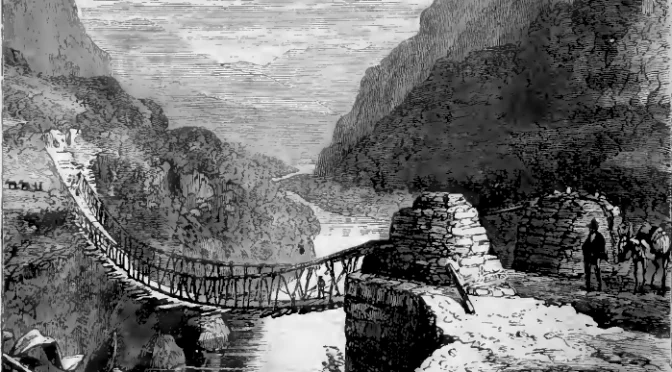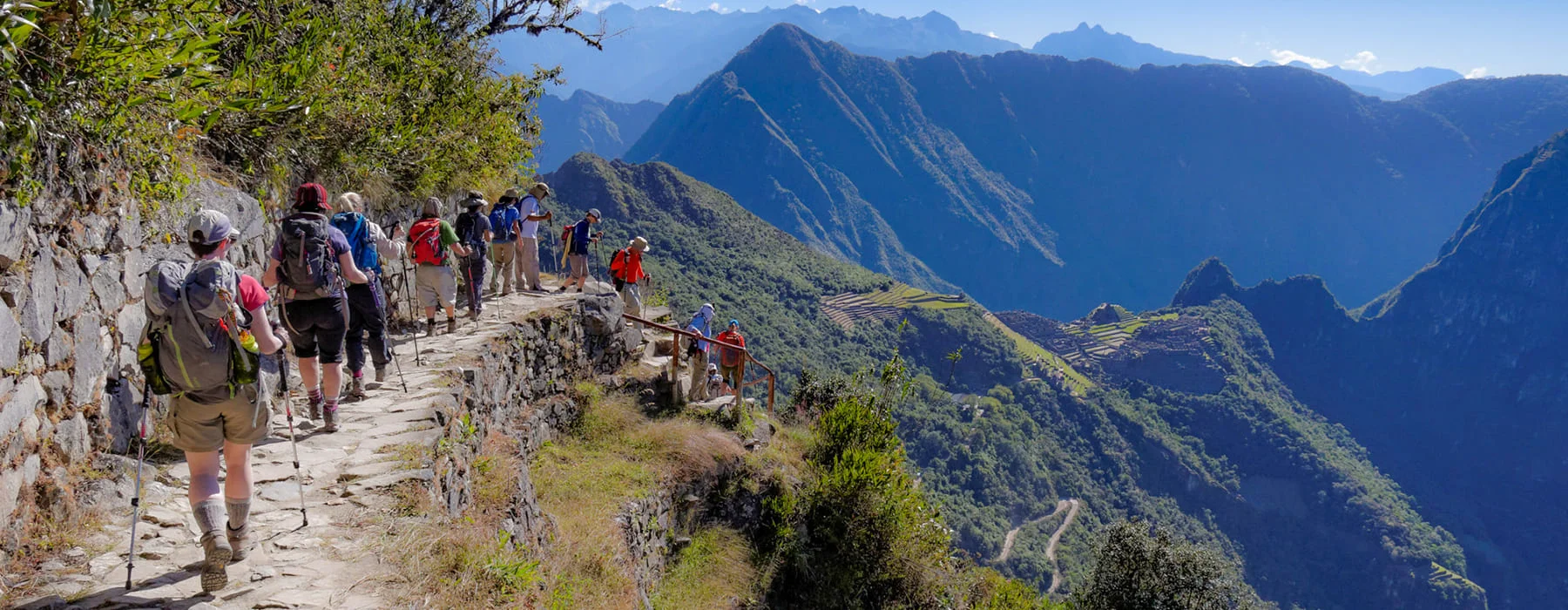How the Incas used they road system (part 3)

Junio 26, 2015
0 Comments
A high degree of energetic investment was put into the ritual purposes of the road. In Inca society, the mountains were objects of worship

